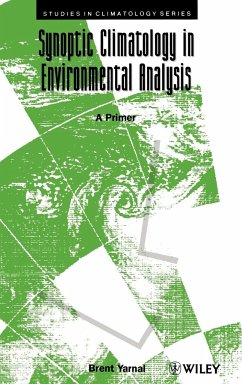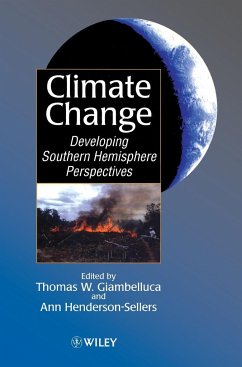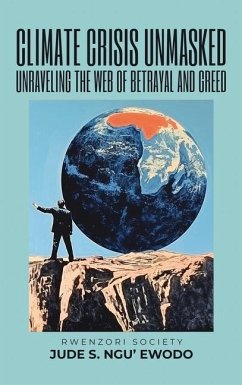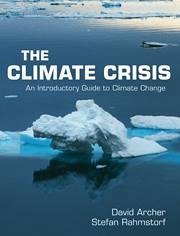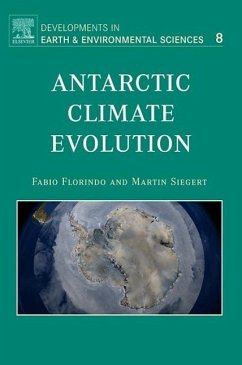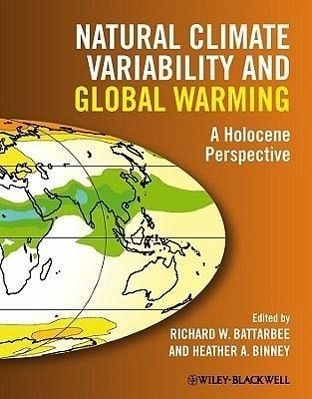
Natural Climate Variability and Global Warming
A Holocene Perspective
Herausgeber: Battarbee, Richard W; Binney, Heather A

PAYBACK Punkte
60 °P sammeln!
A growing body of scientific evidence suggests that greenhouse-gas pollution is largely responsible for global warming. Yet, it is also true that the climate system varies quite naturally on different time-scales. Accurately predicting the course of future climate change requires an understanding of the natural variability of the climate system, as well as the effects of human-induced change. This ground-breaking book addresses predictable modification in the climate system in the context of global warming. Ideal for researchers and advanced students, it explores current thinking on natural cl...
A growing body of scientific evidence suggests that greenhouse-gas pollution is largely responsible for global warming. Yet, it is also true that the climate system varies quite naturally on different time-scales. Accurately predicting the course of future climate change requires an understanding of the natural variability of the climate system, as well as the effects of human-induced change. This ground-breaking book addresses predictable modification in the climate system in the context of global warming. Ideal for researchers and advanced students, it explores current thinking on natural climate change, the use of models to simulate past climate variability, and the role of past climate variability in explaining current changes to ecosystems and society over the later part of the Holocene. The volume provides the groundwork for making critical decisions about the earth's future, and contributes substantially to the ongoing debate over global warming and climate change.





